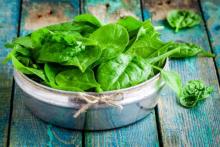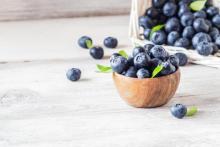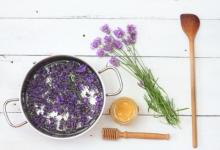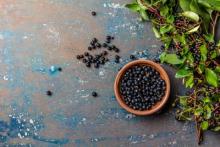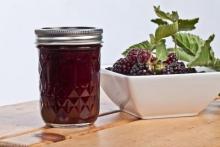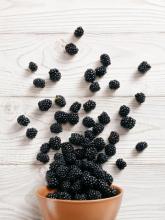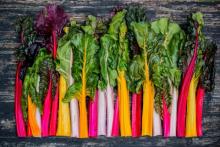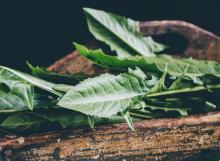Move Easier: 5 Supplements For Joint & Muscle Health
In the wellness community, we often expound the benefits of moving and exercising more, and with good reason. Exercise is a crucial part of achieving wellness and health, and it aids in longevity. However, it is also true that many people experience difficulty or discomfort when they move.


